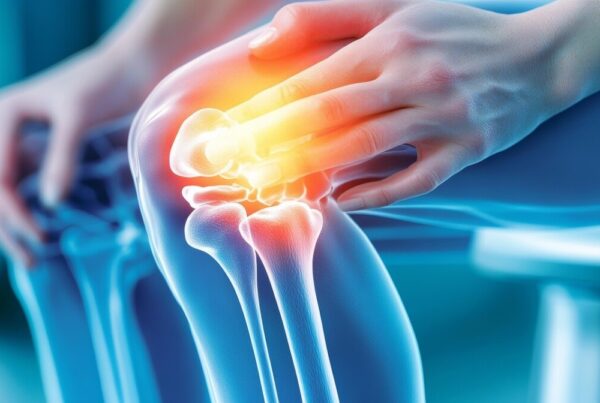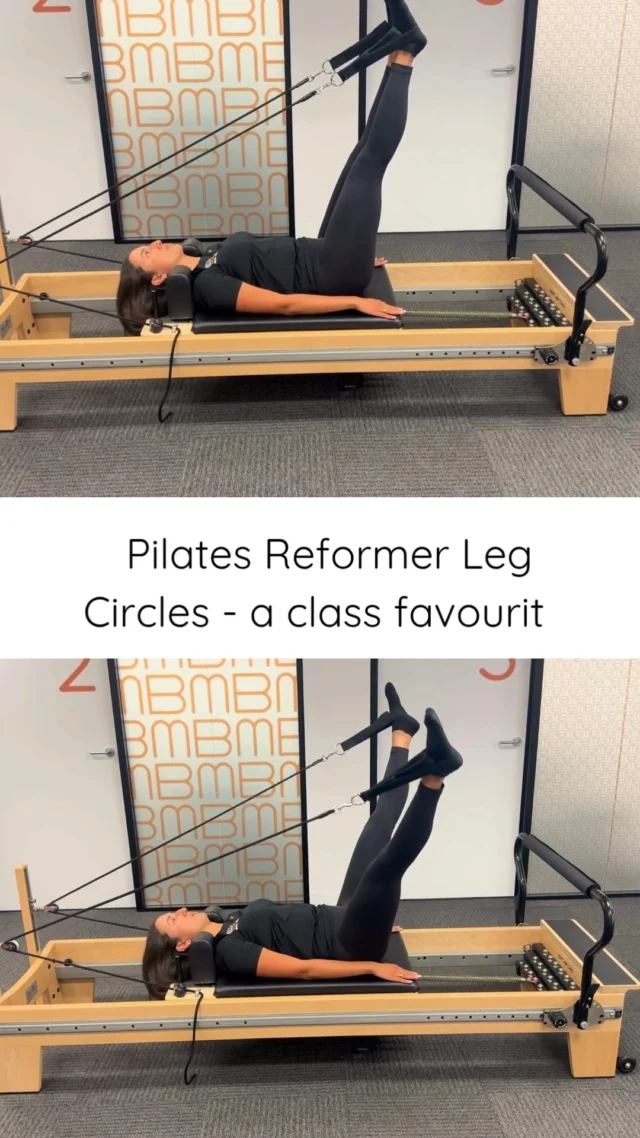What’s the likelihood that something will go wrong during labour? This is a really tricky question that I am regularly asked by my patients. How can we predict something that’s so variable and somewhat out of our control?
In 2018, a study by Caudwell-Hall et al. looked at 483 women and wanted to know how many of these women had an atraumatic (without trauma), normal vaginal delivery. In this study, they found that 23% had a cesarean, 21% had operative delivery and 4% had Obstetric Anal Sphincter Injuries (OASI). This means that 51.9% of women had an atraumatic, normal vaginal delivery. That’s half of the women in this study.
However, this study did further testing using Ultrasound on the women who had an atraumatic, normal vaginal delivery (51.9%) and found that an extra 5.5% had a levator avulsion injury and an extra 6.4% had a sphincter injury. This brings our number of women who had an atraumatic, normal vaginal delivery down to 40%.
Then this study delved even deeper and found that of this 40%, an extra 7% of these women suffered microtrauma. This brings our final percentage of women who have an atraumatic, normal vaginal delivery to 33%! This study concluded therefore that only 33% of women will have an atraumatic, normal vaginal delivery. They also noted that the prevalence of potential issues in childbirth are higher than current assumptions. I don’t know about you but this statistic makes me cringe. It makes me think about what could potentially be done for women pre-natally to help increase the number of women who actually have an atraumatic, normal vaginal delivery.
However, once again, how can we predict something that’s so variable and somewhat out of our control? There is more and more research coming out that health professionals should be aware of and utilise when seeing pre-natal women. There are screening tools now that can be used to make women aware of the risks and likelihood of whether it is more or less likely that they may sustain certain complications during childbirth. In saying this, I don’t believe we will ever be able to firmly predict something so unpredictable as childbirth but if we can screen pre-natal women and be able to identify those who are at a high risk of complications with childbirth then hopefully we will be able to increase the number of women having an atraumatic, normal vaginal delivery. In addition, when these complications do occur, women are more informed and prepared to handle them.
My next blog will be discussing UR CHOICE, which is a screening tool that can be used to identify women who may be at a higher risk of complications during childbirth. If you have any questions or concerns or you want to know more then come and see Bonnie, our Women’s Health Physiotherapist at Bend + Mend Physiotherapy in Sydney’s CBD.






